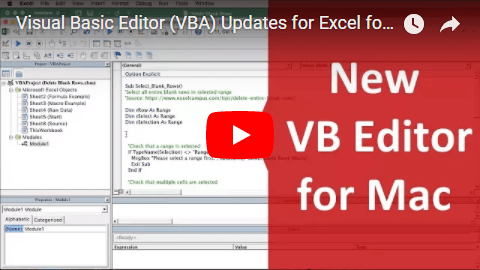Posted October 22, 2012 by Alex Bahdanovich in Microsoft Excel
Apple Footer. This site contains user submitted content, comments and opinions and is for informational purposes only. Apple may provide or recommend responses as a possible solution based on the information provided; every potential issue may involve several factors not detailed in the conversations captured in an electronic forum and Apple can therefore provide no guarantee as to the.
A histogram graph is used to graphically demonstrate the distribution of data within Excel. The instructions here are for Excel 2013, but histograms can be created in prior versions of Excel in a similar fashion.
The screenshots and directions presented here are from Excel 2013; however, previous versions of Excel can easily create histogram through these same methods. Excel 2007, 2010, and 2011 for Mac all have tested using this technique. At the end of the article, for example, see an example of these steps for Excel for Mac 2011.
1. Start up Excel.
2. Title the A1 and B2 column Intervals and Frequency accordingly.
Histograms most often deal with intervals and frequency. On the horizontal x-axis will be the intervals data which may also be called groups, segments, or bins. This is the grouped data. Frequency is on the vertical y-axis.
3. In the Intervals and Frequency columns input your data.
4. Once you have your raw data into Excel, select your data. In my example, I have selected cells A1 through B7.
5. Select INSERT from the top toolbar.
6. Click on Insert Column Chart, and select Clustered Column, from the 2-D Column Section.
Selecting these options in prior versions of Excel without the ribbon toolbar will appear different.
7. By now you should have something that looks like this. Right Click on one of the Bars and select Format Data Series… from the drop down menu.
8. Set the Gap Width to 0%
9. By now you should be looking at something like this.
Bangladesh an untold story by sharif ul haq pdf free full. Add a tag Cancel Be the first to add a tag bngladesh this edition.The year is etched in the collective consciousness of Bangladeshis, Pakistanis and Indians though to a lesser degree as a time of tragedy and upheaval. When the Bangladesh Liberation war started he joined the Mukti Bahini. AmazonGlobal Ship Orders Internationally. For Bangladeshis was the year of blood and tears, for Pakistanis deep humiliation, and for the Indians of triumph.
10. At the top toolbar select Add Chart Elements and add the axis labels.
By following these directions, you should now see your data represented through the basic histogram graph. You can adjust and customize your graph as needed.
Example for Excel for Mac 2011
Each version of Excel will require slightly different instructions, but the technique will largely be the same. Here is the process replicated for the Mac.
About Alex Bahdanovich
View more articles by Alex Bahdanovich
The Conversation
Follow the reactions below and share your own thoughts.
If you’re using Excel 2016, you get the luxury of using Excel’s new statistical charts. Statistical charts help calculate and visualize common statistical analyses without the need to engage in brain-busting calculations. This new chart type lets you essentially point and click your way into a histogram chart, leaving all the mathematical heavy lifting to Excel.

To create a histogram chart with the new statistical chart type, follow these steps:
Start with a dataset that contains values for a unique group you want to bucket and count.
For instance, the raw data table shown here contains unique sales reps and the number of units each has sold.
Select your data, click the Statistical Charts icon found on the Insert tab and then select the Histogram chart from the drop-down menu that appears.
Note that you can also have Excel create a histogram with a cumulative percentage. This would output a histogram with a supplemental line showing the distribution of values.
Excel outputs a histogram chart based on the values in your source dataset. As you can see here, Excel attempts to derive the best configuration of bins based on your data.
You can always change the configuration of the bins if you’re not happy with what Excel has come up with. Simply right-click the x-axis and select Format Axis from the menu that appears. In the Axis Options section (see the following figure), you see a few settings that allow you to override Excel’s automatic bins:
Bin width: Select this option to specify how big the range of each bin should be. For instance, if you were to set the bin width to 12, each bin would represent a range of 12 numbers. Excel would then plot as many 12-number bins as it needs to account for all the values in your source data.
Number of bins: Select this option to specify the number of bins to show in the chart. All data will then be distributed across the bins so that each bin has approximately the same population.
Overflow bin: Use this setting to define a threshold for creating bins. Any value above the number to set here will be placed into a kind of “all other” bin.
Underflow bin: Use this setting to define a threshold for creating bins. Any value below the number to set here will be placed into a kind of “all other” bin.
Configure the x-axis to override Excel’s default bins.
The next figure illustrates how the histogram would change when the following settings are applied:
Number of bins: 10
Overflow bin: 100
Underflow bin: 10